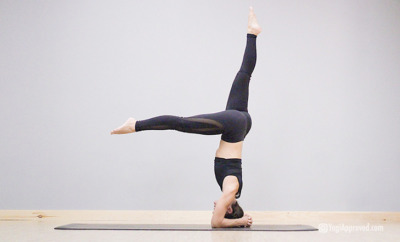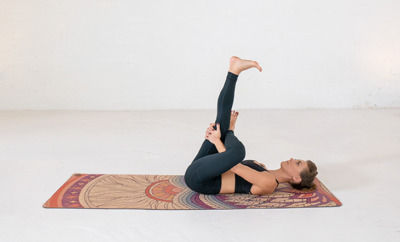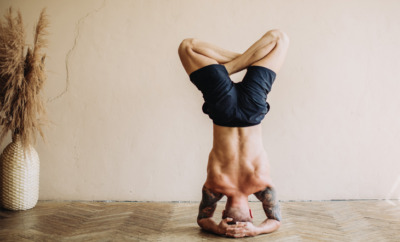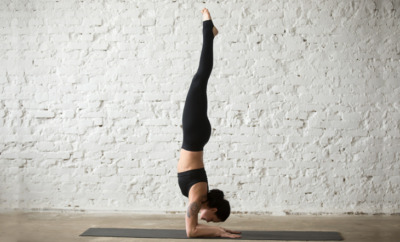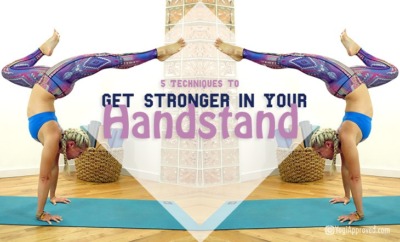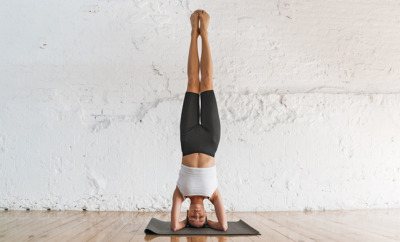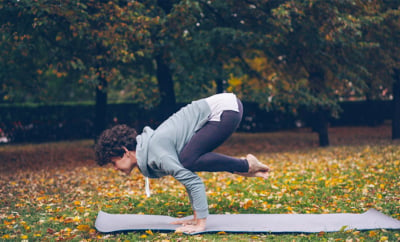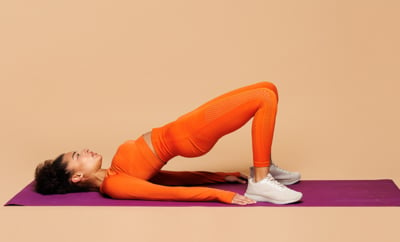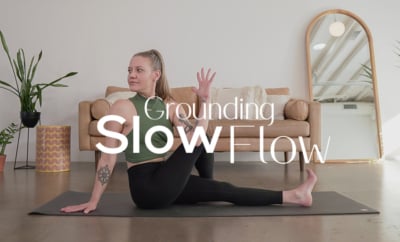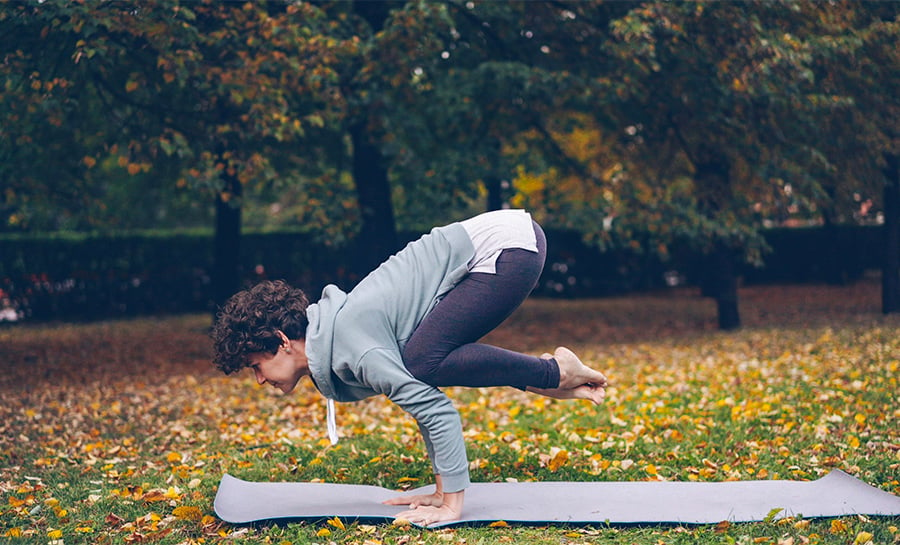This 1 Tip Will Totally Transform Your Inversion Practice
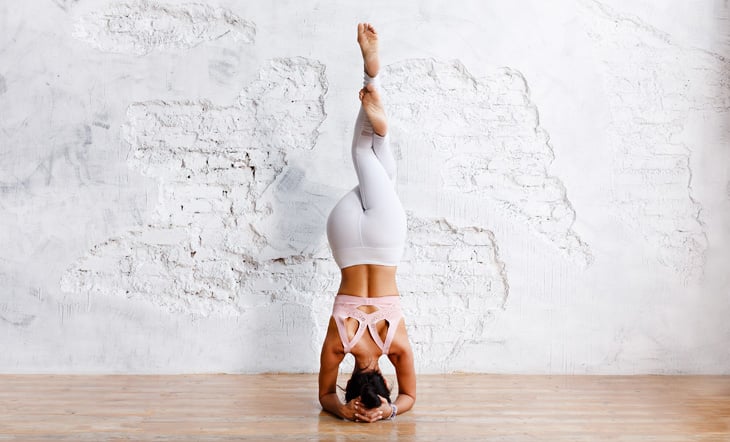
TransformInversionPractice feature
Oh, yoga inversions! We all love them. They’re magical. They’re picture-worthy. They’re mesmerizing. But while some flaunt their inversion practice on the ’gram, others are left wondering how to invert at all.
There are so many great teachers that can teach you how to invert from start to finish. And there are so many excellent resources out there about yoga inversions. So we won’t get into all the nitty-gritty about an inversion practice here.
But there is one special trick that will really change and transform your inversions that is often omitted when learning about yoga inversions: the power of integration.
Not sold on yoga inversions? Here Are 10 Reasons to Do Inversions (In Case You Needed an Excuse)
The Basic Anatomy of Yoga Inversions
Integration is defined as when separate things are brought together. When it comes to our inversion practice, this is absolutely critical.
Here’s the thing: We are not actually made to practice inversions! Our bodies are intelligently designed to allow us to be bipedal. Unlike our primate ancestors, we walk on two legs – not on all fours. This changes everything about our anatomical design.
Our hips are made for weight-bearing. They are strong, stable structures that support the weight of the spine and the force of gravity so that we can navigate our way through the world. Our hip joints allow us to walk, run, jump, dance, and practice yoga with stability and ease.
We are not actually made to practice inversions!
Our shoulders, on the other hand, are made for mobility. This allows us to reach overhead and behind us, to scratch our backs, and to swing a tennis racket. But unfortunately for those of us that want to practice yoga inversions, this does not set us up for stability when we turn upside down.
The shoulder is made up of three different bones that come together to create four separate joints. So putting these joints together to integrate the entire shoulder girdle becomes crucial when we want to flip our worlds upside down and work on our inversion practice.
Wondering How to Invert? This 1 Tip Will Completely Transform Your Inversion Practice
Shoulder integration alone can completely transform your inversion practice. If you are able to securely stabilize your shoulder complex when you balance on your hands upside down, then your entire inversion practice will become more stable and secure (as if you were balancing on your stable and integrated hip joints).
So, follow these four steps to integrate your shoulder joints to practice stable yoga inversions.
First, try out these techniques without bearing weight in your arms (seated or standing with your arms stretched forward in front of you as instructed below) and then gradually add more weight as you practice. Next time, try these actions in Tabletop and then Down Dog and then maybe even Plank.
1. Press Your Arms Away From You
Let’s try it:
- From a comfortable seated position, stretch your arms forward in front of you at roughly the height of your shoulders
- Flex your wrists, spread your fingers wide, and evenly space between them
- Actively press your hands forward in front of you until your upper back rounds ever so slightly
- Feel the engagement this creates in your upper back
- Maintain this action
2. Plug Your Arm Bones Into Your Sockets
Let’s try it:
- Hug your upper arm bones back in toward your shoulder sockets
- Ever so slightly, reestablish neutrality in your upper back while maintaining the activation
- Feel the engagement this creates in the back of your shoulders
- Maintain this action
3. Hug Into the Midline
Let’s try it:
- Without movement, energetically draw your arms toward each other into the midline of your body
- Feel the engagement this creates in your chest and outer arms
- Maintain this action
4. Broaden Your Chest
Let’s try it:
- Ever so slightly, broaden your chest as if making your collarbones smile
- Feel the engagement this creates in your inner arms and upper back
- Maintain this action
Need more transformative tips? Read: Ready to Completely Transform Your Inversion Practice? Do These 12 Core Exercises
This Tip Could Be the Key Element to Your Yoga Inversion Practice
By adding on layer by layer in your shoulder integration and maintaining each action that precedes the next, you can build the muscular awareness and activation needed to stabilize your entire shoulder complex.
Creating a strong and stable base is the foundational key to every posture in yoga, and it’s certainly no different in your inversion practice! If anything, creating a strong and stable base in your extremely mobile shoulders is likely the most important element to practicing yoga inversions with grace and ease.
The more you are able to create stability in your base, the more you will be able to focus on other necessary actions in your inversions. And in the long run, that will transform your inversion practice more than anything else!
Learn how to practice a Headless Headstand
Take this inversions class with Jack Cuneo


This Month's Letter
From the Editor
Monthly motivation and food for
thought from our founder.



